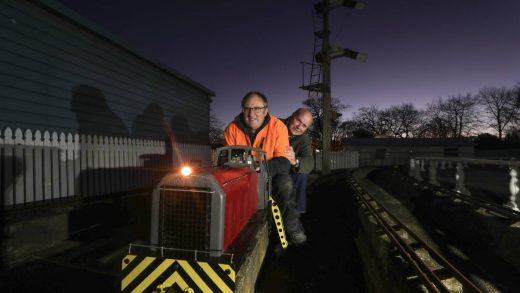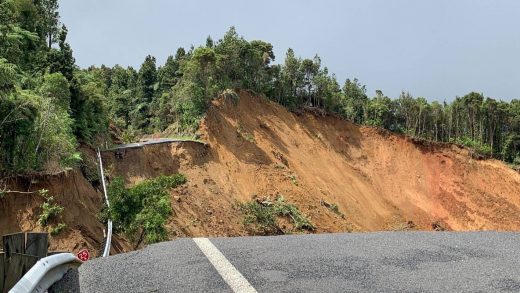
There is something so romantic and nostalgic about the Scottish Isles. They seem to exist collectively in our imaginations as a mecca for folklore, natural beauty, and of course, fine whisky.
Once you leave behind the bustling urban hubs of Aberdeen and Glasgow, you’re entering a whole new world. Here, the wild seas mix with the heathery peatlands, creating an environment unlike anywhere else on Earth. One whiff of the briny air, and you know you’ve arrived somewhere spectacular.
Perhaps the most famous of islands, Orkney, is so remote it doesn’t even want to be Scottish, let alone British. With their own red, yellow and blue flags flying proudly, the Orkney Islands identify with their longstanding Norse ancestry just as much as their Scottish, if not more.
Here, you will find Neolithic sites like the settlement at Skara Brae or the Ring of Brodgar dating back millennia. With white sandy beaches and turquoise seas, it’s easy to think you’ve been transported elsewhere. That is, until a puffin flies by.
Liz Carlson
One of the best-preserved Neolithic settlements is Skara Brae.
Exploring Scotland’s beautiful northern isles is best done by ship. While you can fly or ferry between most places, by far, the best way to soak it all in is by small expedition ship.
While working on Adventure Canada’s Scotland Slowly trip this summer, we called into some of the most iconic and least-visited spots around the Scottish Isles, places that can be extremely hard to reach independently.
One of the greatest surprises was Fair Isle, halfway between two of the most remote archipelagos in Scotland. Owned by the National Trust for Scotland, Fair Isle is iconic for both its incredible birdlife and views as well as their own particular style of knitting.
Liz Carlson
Fair Isle is home to some of the best birdwatching in Scotland.
While only 60 people call Fair Isle home on a good day, one of the largest colonies of puffins in Europe takes up plenty of space. Skuas, kittiwakes, guillemots, storm petrels and gannets are generally hanging around, too. Small but mighty, Fair Isle was such a surprise.
While most people may have heard of the famous Shetland Islands and their short ponies, I can pretty much guarantee no one has heard of Foula. The most remotely inhabited island in the UK, Foula sits roughly 30 kilometres west of mainland Shetland.
VisitScotland/YouTube
Stirling is known as the gateway to the Scottish Highlands (video published August 2019).
As one of the most wild and beautiful places in Scotland, very few call Foula home. Trust me, it’s a mission to get here. Anchoring offshore, we cruised in on Zodiacs before exploring Foula for the day. Here, ponies seemingly run wild across the peatlands as countless birds dip and cruise along the cliffs. Yes, you are in another world.
While you might think Lewis and Harris are two separate islands, they are, in fact, one and the same – one side is Lewis, and the other side is Harris. The main island in the Outer Hebrides is home to stunning landscapes, cute towns, and a whole lot of history.
Stornaway, the main town on the island, is almost too charming and is the gateway to the rest of the island. The 5000-year-old Calanais Standing Stones are worth exploring, as well as other Iron Age sites like Dun Carloway Broch and the Gearrannan Blackhouse Village – traditional thatched one-room houses.
If you’ve ever come across dramatic views of Scotland, there’s a high chance it’s of Isle of Skye. A hub of myths, legends, and Jacobite history, Skye transports you instantly onto another planet. It could be New Zealand.
Liz Carlson
People inhabited Gearrannan Blackhouse Village until the 1970s.
The largest and northernmost island in the Inner Hebrides, Skye is popular for a good reason – the landscapes are incredible. Outdoor enthusiasts, Skye is for you.
Loch Scavaig, where I spent a day, is the southernmost spot on the island and the most dramatic. Home to seals and big mountains, it’s a great off-the-beaten-track place to explore on Skye.
Fact file:
Adventure Canada’s Scotland Slowly expedition takes places over 11 days from Glasgow to Aberdeen, from US$6395 (NZ$10,743) per person. See: adventurecanada.com
Liz Carlson
The Isle of Skye is one of the most iconic islands in Scotland, famed for its scenery.
Sustainability: Ocean and river cruising have an impact on the Earth’s waterways. To reduce your impact, consider offsetting carbon emissions and booking with cruise lines that use cleaner fuels and adopt recycling practices.
The writer has worked as an expedition guide with Adventure Canada.


